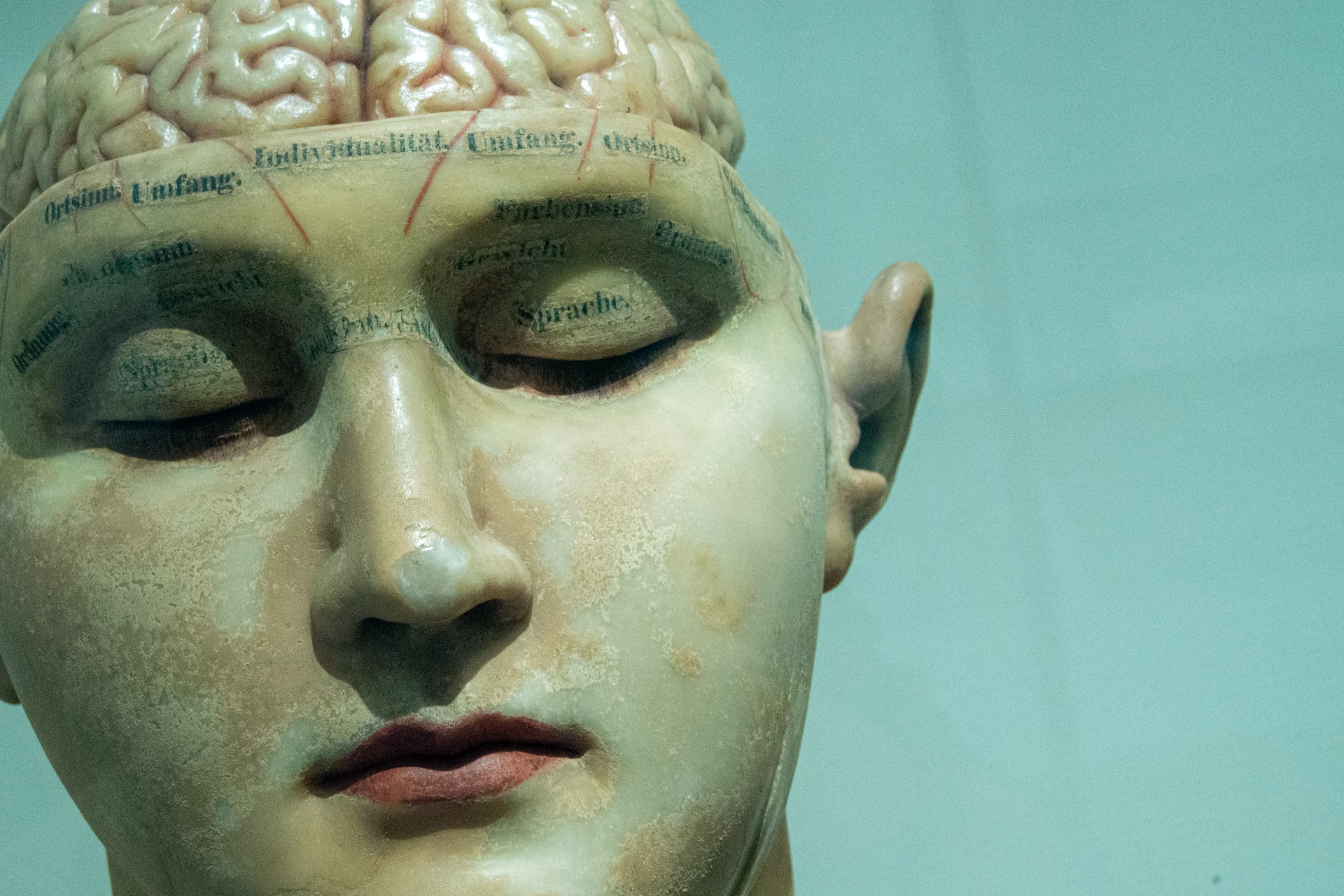Tell me about als brain
Amyotrophic lateral sclerosis (ALS), also known as Lou Gehrig’s disease, is a progressive neurodegenerative disorder that affects the brain and spinal cord. It is a rare disease with only about 5,000 new cases diagnosed in the United States every year.
The brain is a complex organ that controls all of our thoughts, movements, and bodily functions. It is made up of various regions and structures that work together to keep our bodies functioning properly. When ALS attacks the brain, it damages these regions and structures, leading to a gradual loss of muscle control and function.
One of the key areas of the brain affected by ALS is the motor cortex, which is responsible for controlling voluntary movements such as walking, talking, and swallowing. In ALS, the motor neurons in this area begin to degenerate and die, causing muscle weakness and atrophy. As the disease progresses, patients may experience difficulty with basic movements like walking or even lifting their arms.
Another important region of the brain impacted by ALS is the frontal lobe. This area plays a crucial role in decision-making, problem-solving, and emotional control. As ALS progresses, patients may experience changes in behavior, personality, and cognitive function due to damage to the frontal lobe.
The brainstem, which connects the brain to the spinal cord, is also affected by ALS. This region is responsible for controlling vital functions such as breathing and heart rate. As the disease spreads to the brainstem, patients may experience difficulty with breathing and may require a ventilator to help them breathe.
In addition to these regions, other structures in the brain also play a role in ALS. The cerebellum, which is responsible for coordination and balance, can be affected in some cases of ALS, leading to problems with walking and coordination. The spinal cord, which carries messages from the brain to the rest of the body, is also damaged in ALS. This can result in muscle weakness, twitching, and eventually paralysis.
The exact cause of ALS is still unknown, but it is believed to be a combination of genetic and environmental factors. Researchers have identified several genetic mutations that may increase a person’s risk of developing the disease. However, the majority of cases are sporadic with no known family history.
There is currently no cure for ALS, and treatment options are limited. Medications and therapies can help manage symptoms and improve quality of life, but they do not stop the progression of the disease. As a result, the majority of individuals with ALS will eventually become fully paralyzed and dependent on others for daily activities.
Despite the challenges posed by ALS, there is hope for future treatments. Scientists continue to study the disease and are making progress in understanding its underlying mechanisms. Some recent discoveries include the role of inflammation in ALS and potential new genetic targets for drug development.
In addition, there are ongoing clinical trials testing potential treatments for ALS, including stem cell therapy and gene therapy. These treatments aim to slow or stop the progression of the disease and improve the quality of life for those living with ALS.
In conclusion, ALS is a devastating disease that affects the brain and spinal cord, gradually robbing individuals of their ability to move and function independently. While the exact cause is still unknown, researchers are making strides in understanding the disease and developing potential treatments. With continued research and support from the community, there is hope for a future where ALS is no longer a terminal illness.





